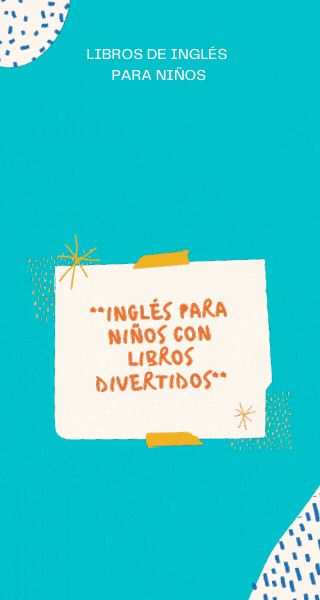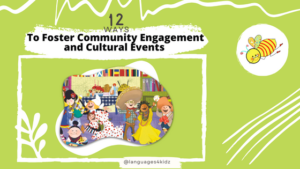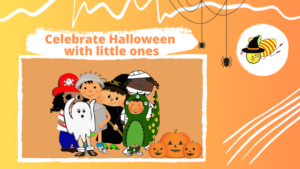Enhance Language Learning with Fun and Effective Multisensory Strategies for Kids
For young children, learning a new language may be a fascinating adventure. To make this experience both fun and effective, teachers and parents can use multisensory strategies. These strategies engage children’s senses, allowing them to learn and retain language skills more effectively.
In this post, we’ll explore some creative ways to incorporate multisensory learning into language education for young learners.
You can find many of these creative strategies in our Curriculum Sets with detailed lesson plans and beautiful picture books along with FREE interactive activities, songs, and fun games for helping little ones enjoy while learning English and/or Spanish.
- Visual aids and flashcards:
Visual aids such as flashcards with colorful images paired with words help children associate words with their meanings. Encourage them to create their own flashcards to boost engagement.
- Storytelling and Role Play:
Use the power of storytelling and role-playing to immerse kids in the language. Encourage the use of puppets, props, or costumes to act out stories, fostering a deep understanding of vocabulary and context.
- Kinesthetic Activities:
Engage children in hands-on activities to reinforce language concepts. This can include activities like building words with letter blocks, tracing letters in sand, or playing language-themed games like Scrabble or Hangman.
- Music and Songs:
Music is a universal language that resonates with children. Incorporate songs and rhymes in the target language to introduce new words and pronunciation. Encourage kids to dance or create their own lyrics for extra fun.
- Cooking and Food Adventures:
Exploring tasty recipes from the culture associated with the language can be a delicious way to learn. Cook simple dishes together, label ingredients in the target language, and talk about the process.
- Nature Exploration:
Take language learning outdoors. Go on nature walks and talk about what you and the kids see in the target language. Collect items like leaves or rocks and label them with their names in the new language.
- Tactile Learning and Sensory Bins:
Create sensory bins filled with items that reflect vocabulary terms. Kids can touch, sort, and discuss these items while learning new words.
- Virtual Reality and Educational Apps:
Use technology to engage tech-savvy children. There are language learning apps and virtual reality experiences designed specifically for young learners, offering interactive lessons and games.
- Cultural Celebrations:
Explore holidays and cultural celebrations that take place in countries where the language is spoken. Kids can learn about traditions, create crafts, and participate in related activities.
- Storybooks in the Target Language:
Invest in age-appropriate storybooks written in the target language. Reading together is an excellent way to introduce new vocabulary and sentence structures.
Learn more about our Our collection of Picture Books in Spanish for children by visiting Languages4kidz Shop.
Multisensory strategies can transform language learning into an exciting adventure for young children. By engaging their senses and making learning interactive and enjoyable, teachers and parents can lay a strong foundation for language proficiency. Whether through storytelling, cooking, or outdoor exploration, these methods foster a deep connection to the language and culture, setting the stage for a lifelong love of language learning.
Remember that every child is unique, so it’s essential to adapt these strategies to suit their individual learning styles and preferences. With patience and creativity, language education can be a delightful journey of discovery for young learners.







